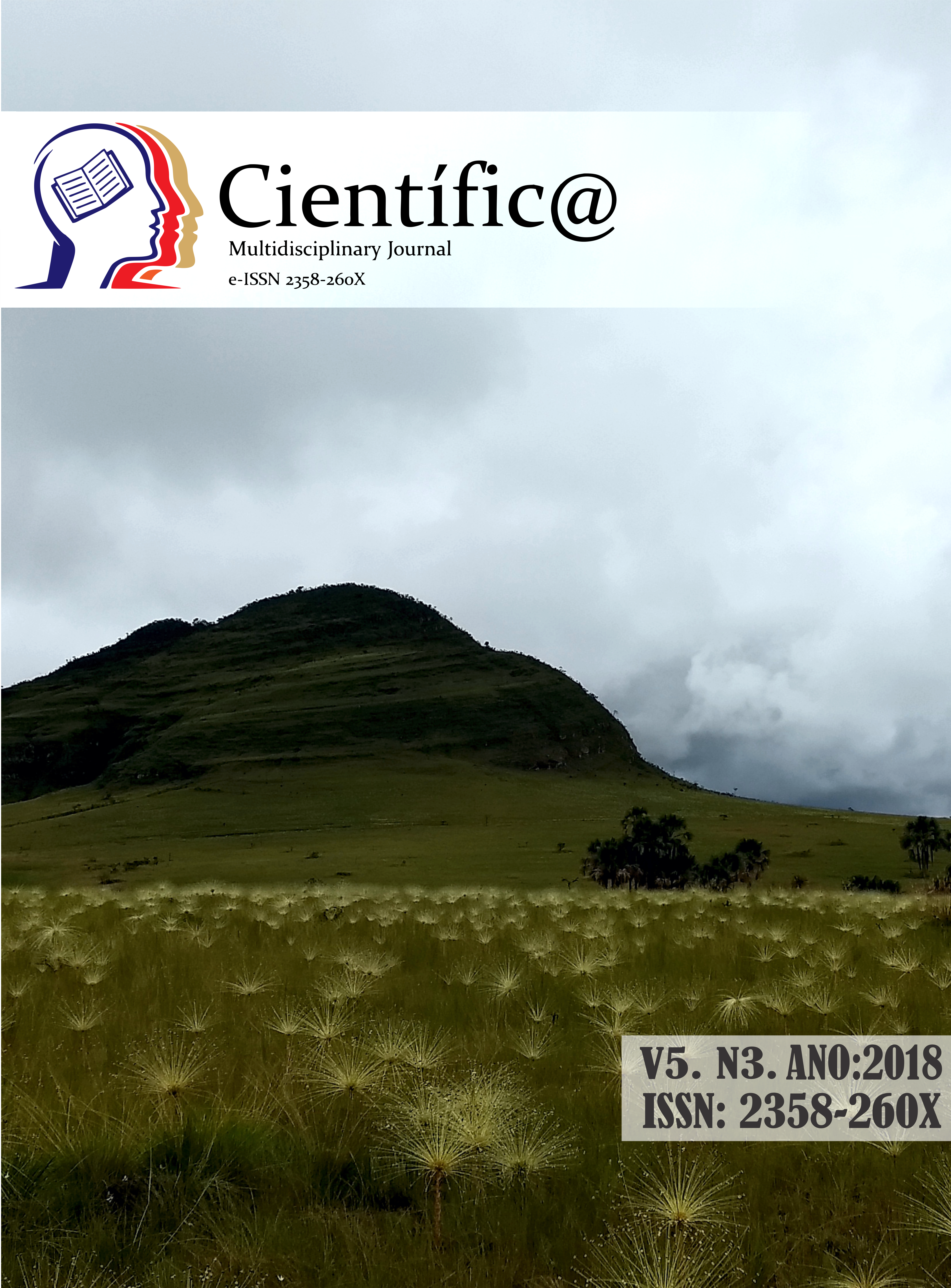Cultivation of sugarcane under different levels of water replacement, with and without nitrogen addition
DOI:
https://doi.org/10.29247/2358-260X.2018v5i3.p56-87Abstract
Sugarcane is a culture that responds highly to irrigation. However, the improvement of management techniques becomes necessary to achieve maximum efficiency in the use of water resources, seeking maximum productivity using the lowest volume of water. Thus, this study aimed to evaluate the biometric indices in different stages of development, productivity indices, water use efficiency and dry phytomass of cane sugar, in different levels of water replacement by subsurface drip system with and without nitrogen during the cultivation. The experiment carried out in the experimental area of the Goaino Federal Institute, campus of Rio Verde GO. The experimental design comprised of randomized blocks in a 5 x 2 factorial scheme, with four replications. Treatments consisted of five levels of hydric replacement (100, 75, 50, 25 and 0% of soil moisture at field capacity) combined with and without application of nitrogen fertilizer (0 and 100 kg N ha-1) in the form of urea. There was evaluated the plant height, stem diameter and leaf area of three plants located in the useful area of each plot, in nine stages monthly from 90 DAP (days after planting), corresponding to the following periods: 90, 120, 150, 180, 210, 240, 270, 300 and 330 DAP. Results were submitted to analysis of variance by F test at 5% of probability. Subsurface drip irrigation provided adequate conditions for the growth of sugarcane. Levels of water replacement contributed linearly in the parameters of development and production of steams. Water stress caused severe reductions in total phytomass of aerial part of plants. Nitrogen fertilization contributed to the development of biometric variables in the latter stages of crop development and allowed improvement in technological indices of cane sugar.
Downloads
Published
How to Cite
Issue
Section
License
Esta revista oferece acesso livre imediato ao seu conteúdo, seguindo o princípio de que disponibilizar gratuitamente o conhecimento científico ao público proporciona maior democratização mundial do conhecimento.
A partir da publicação realizada na revista os autores possuem copyright e direitos de publicação de seus artigos sem restrições.
A Revista Científic@ - Multidisciplinary Journal segue os preceitos legais da licença Creative Commons - Atribuição-NãoComercial 4.0 Internacional. 

